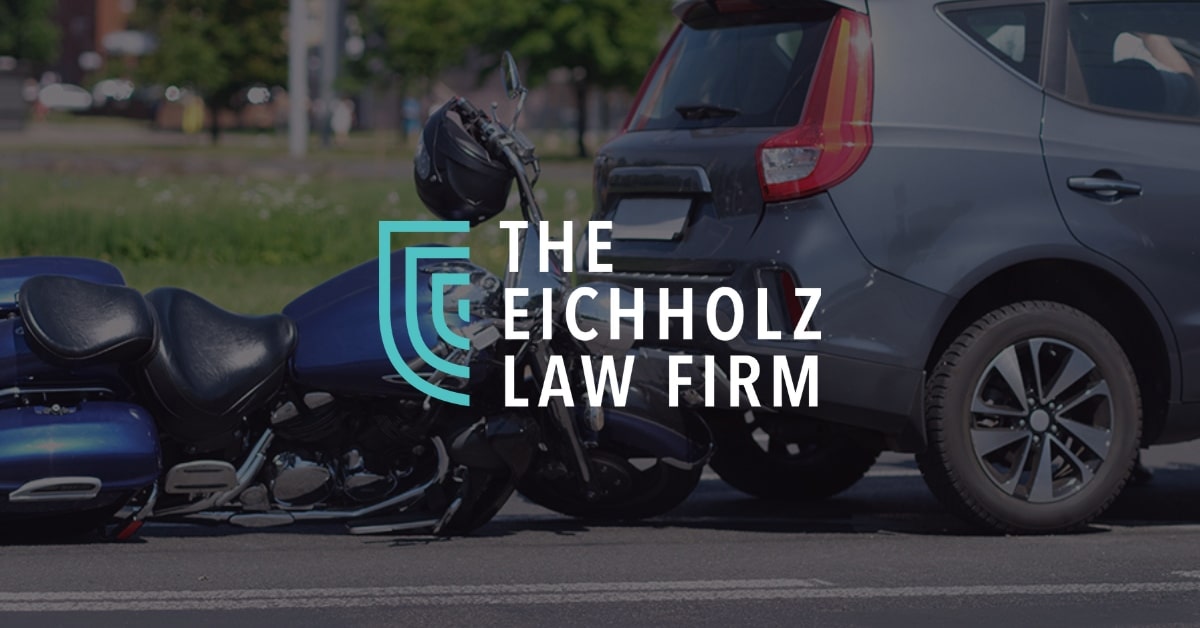Connecticut Department of Transportation statistics show that almost 52,000 auto accidents in 2008 occurred during poor visibility conditions.
Maintaining good visibility plays an essential role in roadway safety, as drivers may not be able to respond in time to avoid an accident if they can’t see as well. In most accident cases, visibility is directly correlated with either bad weather or night time driving – and sometimes both. With that in mind, remember to check the weather forecast before you head out onto the road.
Causes of Poor Visibility Conditions
- City driving
- Construction zones
- Driving through hills or mountains
- Driving through winding roads
- Dust storms
- Foggy conditions
- Hail
- Heavy rain
- High wind
- Nighttime driving
- Sleet
- Thunderstorms
During these conditions, your best strategy to help prevent an accident is simply to reduce your speed.
Poor Visibility Driving Tips
Ask passengers for assistance
It is always better to have multiple sets of eyes on the road and surrounding area when there is low visibility, so asking passengers for assistance in spotting potential hazards can help reduce your chances of becoming involved in a collision of any sort.
Avoid changing lanes
In many cases, other drivers may be able to keep track of your vehicle if you stay in the same lane, whereas if you change lanes more frequently you are less easily tracked.
Avoid following too closely
The vehicle in front of you may spot something that causes them to brake suddenly, potentially resulting in a collision if you’re too close behind them.
Braking slower
If another vehicle is following your vehicle too closely, you should brake earlier and more slowly whenever possible and activate your turn signal well ahead of where you need to stop or turn. This will help prevent the vehicle behind you from colliding with yours.
Driving defensively
Practicing defensive driving is recommended whenever you’re out on the road. During poor visibility conditions, it can greatly reduce your chance of being involved in an accident.
Pulling over
If you are driving and feel uncomfortable with the driving conditions in any way, it is okay to pull your vehicle over to the side of the road as far as possible and activate your emergency flashers.
Reducing your speed
By driving more slowly you will give yourself more time to react faster and maneuver around obstacles more efficiently. It will allow you to maintain the most control over your vehicle.
Use your low beam headlights
During bad weather, activating your low beam headlights will help illuminate the ground and the corners of the road. It will also help to reduce any glare produced by high beam headlights reflecting off the rain or fog.

